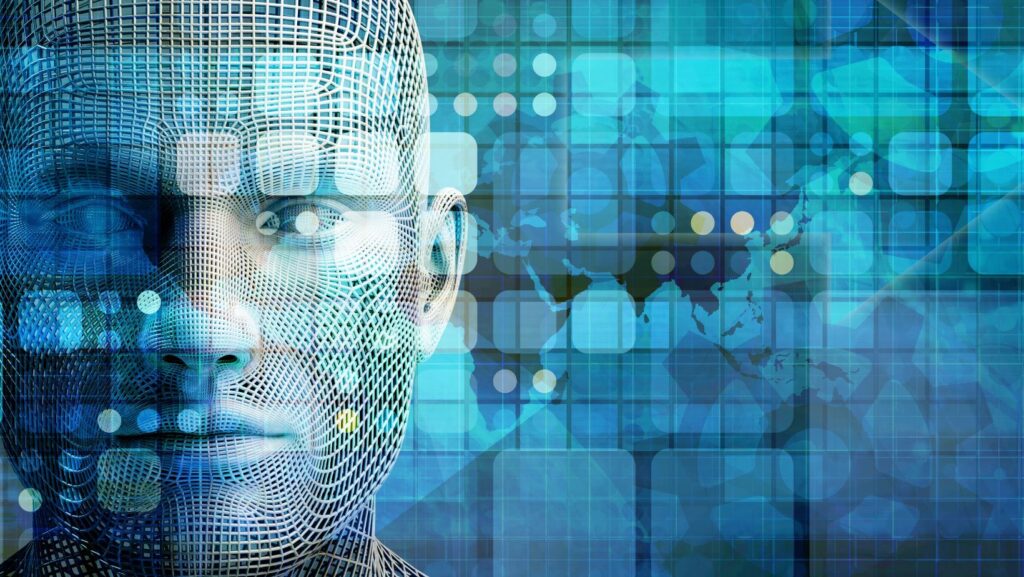Imagine living in a world where your coffee machine understands your morning routine, your fridge alerts you when you’re out of milk, or your heating system self-regulates to save energy. Welcome to the realm of the Internet of Things (IoT), where everyday objects are interconnected, communicating and making decisions to simplify your life.
The IoT revolution isn’t just about smart homes. It’s transforming industries, from healthcare to agriculture, and redefining how we interact with technology. But what exactly is IoT, and how does it work? Let’s dive into the fascinating world of interconnected devices and explore the potential it holds for our future.
Understanding the Internet of Things (IoT)
The conceptual grounding of the Internet of Things (IoT) lies in its ability to turn everyday physical objects into internet-enabled devices. An IoT device exemplifies this ability; it possesses sensors, software, and network connectivity, permitting it to collect and exchange data. For instance, a smart home thermostat collects real-time data about the home’s temperature, anticipates the desired comfort level, then manipulates the heating or cooling system accordingly, all the while being controllable over the internet.
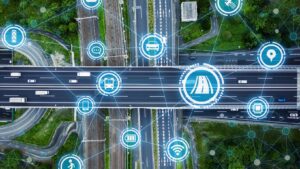
IoT likewise revolutionizes industry operations. Consider the realm of healthcare. An IoT-enabled ‘smart’ health monitor collects the wearer’s health data like heart rate or blood pressure, shares the data with healthcare providers through the internet. If the data indicates a health problem, the device alerts its wearer and the healthcare provider, enhancing patient care and response times.
A nuanced understanding of IoT realizes that while it brings about ease and efficiency, it also presents myriad challenges, from security to interoperability issues. As IoT continues its exponential growth, comprehending its definition, applications, components, structure and potential issues is indispensable for navigating the digitally connected future.
The Importance of Internet of Things (IoT)
The Internet of Things (IoT) plays an indispensable role in modern society. It acts as the backbone of numerous emerging technologies, manifesting its significance in multiple facets.
IoT enhances efficiencies and optimizes processes. By facilitating real-time monitoring, businesses leverage IoT to streamline operations, improve decision-making, and ultimately boost profitability. For instance, in manufacturing, IoT sensors monitor machinery to minimize downtime and predict maintenance needs.
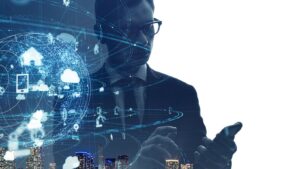
IoT also enhances lifestyle quality. With the advent of smart homes, residents control appliances like heating systems or fridge remotely, enhancing comfort and saving energy. Similarly, wearables like fitness trackers, part of the IoT ecosystem, enable individuals to monitor their health parameters, promoting wellness.
While IoT’s importance cannot be overemphasized, it’s equally crucial to understand its intricacies, limitations, and potential complications. This grasp ensures the proper handling of IoT technology, maximizing benefits, mitigating risks, and paving the way for a well-connected, technologically driven society.
Components of Internet of Things (IoT)
In the landscape of IoT, there are four integral components that vitalize the operation of this complex network. These components include sensors/devices, connectivity, data processing, and user interface.
Sensors or devices are the first to be addressed. They collect data from their environment. Changes in temperature or pressure, the start or stop of a device, or the occurrence of a specific event, these are examples of the types of data sensors register.
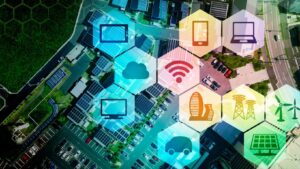
Next in line is connectivity. Once the data is collected, it gets transmitted to the cloud, but here’s the catch, it doesn’t happen without some sort of connectivity. That’s where either cellular, satellite, Wi-Fi, or even Bluetooth services come into play. They ensure that all-important data reaches the intended place, the cloud.
Thirdly, data processing occurs. Continuous data exchange generates pools of data on the cloud. But, it isn’t of much use unless it’s processed. That’s what data processing ensures. It analyzes the data and decides the necessary course of action, trigger, alerts, or automates a process.
Despite its complexity, understanding these components can help in maximizing the benefits of IoT, navigating towards a technologically advanced society that’s enriched with data-driven decision-making across various sectors.
Challenges and Solutions in Internet of Things (IoT)
Shedding light on pertinent issues, it’s seen that IoT faces several challenges. Primarily, security surfaces as a pronounced concern, evidenced by instances like 2018’s Jeep hack. Understandably, insecurity stems from the vast number of devices, each with different security protocols, connected in an IoT environment. The solution lies in employing stronger encryption methods and enhancing device authentication processes.
Future Trends in Internet of Things (IoT)
The rapid evolution of IoT holds a promising outlook for global digital transformation. Several pivotal trends stand out, poised to significantly impact the Internet of Things’ landscape, shaping and redefining future developments.
First, Edge computing plays an indispensable role in addressing existing connectivity limitations. Contrary to centralized data processing models, it brings computation closer to data sources, minimizing latency and bandwidth usage. For instance, autonomous vehicles leverage this technology for real-time responses necessary for safe, efficient operations.
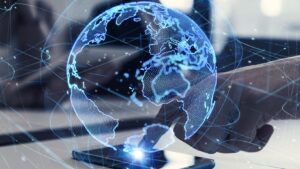
Second, Artificial Intelligence (AI) integration in IoT continues to gain momentum. AI techniques, such as machine learning, enable predictive and prescriptive analyses. In healthcare, wearable devices apply these methods, enabling early detection of potential health issues, thus seizing lifesaving opportunities.
Third, 5G adoption holds transformative potential for IoT realms, promising high-speed, low-latency communication critical for emerging IoT applications. Consider autonomous drone delivery—as one example—where instantaneous reaction times are essential to flight security and package integrity.
Fourth, the development of standards for IoT ecosystems is a widely anticipated trend. Standards like Zigbee bridge the interoperability gap amongst varied IoT devices, improving overall integration and functionality. For clarity, think of smart home systems and how these standards ensure seamless collaboration between numerous devices.
In essence, emerging trends like edge computing, AI integration, 5G adoption, establishment of standards, and a heightened emphasis on security are primed to catalyze significant advancements in IoT. These developments promise to boost IoT usability, efficiency, and security, extending IoT benefits across diverse sectors and revolutionizing the digital landscape.
Using Internet of Things (IoT) Effectively
Harnessing the Internet of Things (IoT) effectively implies leveraging these technologies to yield maximum benefits. Balancing opportunities and overcoming challenges forms an integral part of this process.

Primarily, acknowledging the key role of data proves paramount in the effective use of IoT. Harnessing the deluge of data generated by IoT devices allows for the optimization of operations in sectors like manufacturing, healthcare, and logistics. For instance, IoT sensors collecting real-time data on an assembly line can identify bottlenecks, facilitating prompt interventions.
In essence, to use the IoT effectively, implementation of appropriate data management strategies, concerted security measures, adherence to privacy regulations, and sagacious incorporation of IoT trends holds the key. Above all, a continual reassessment and agile adaptation to progress remain pivotal, genuinely capitalizing on IoT’s potential and ensuring a technologically advanced future.


